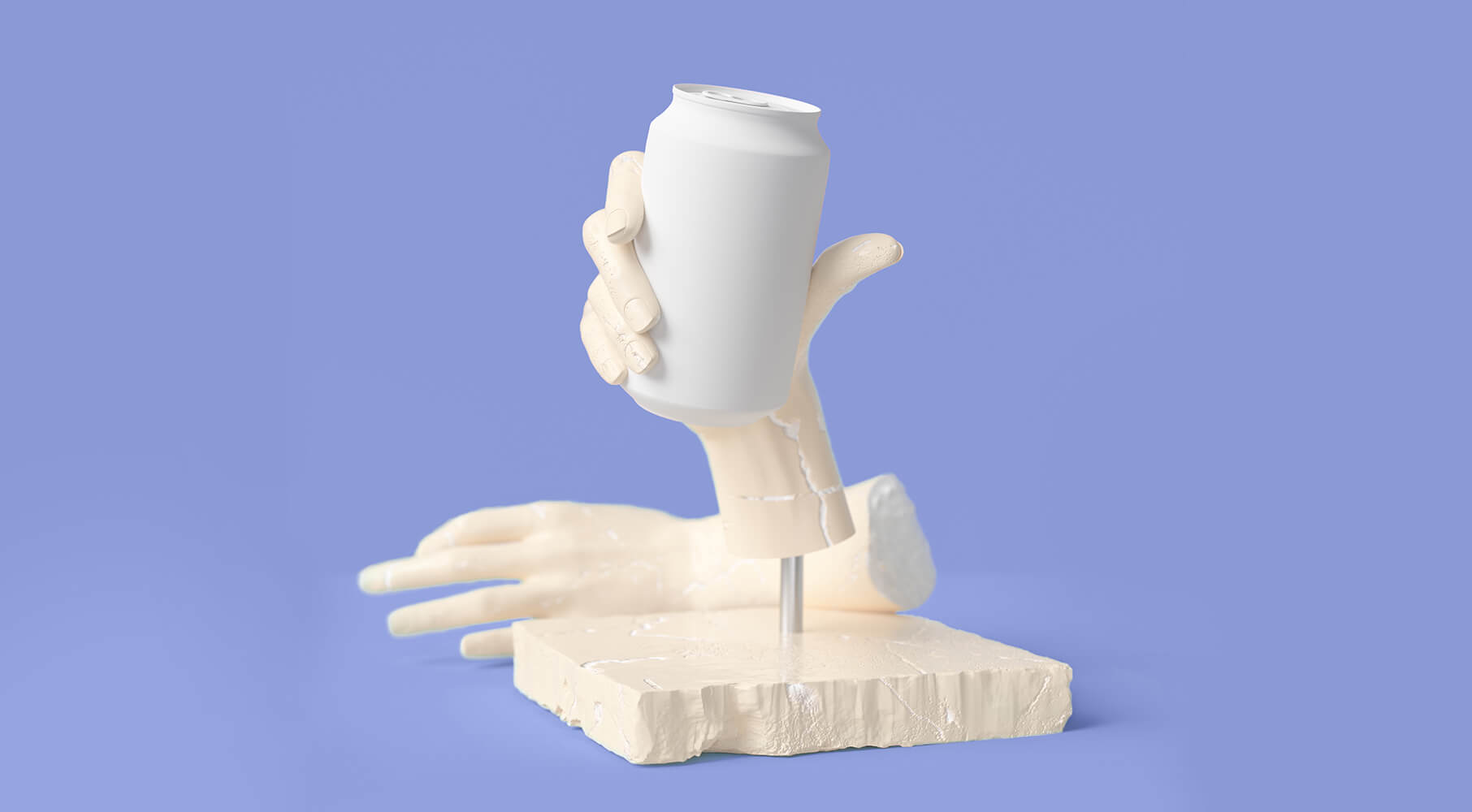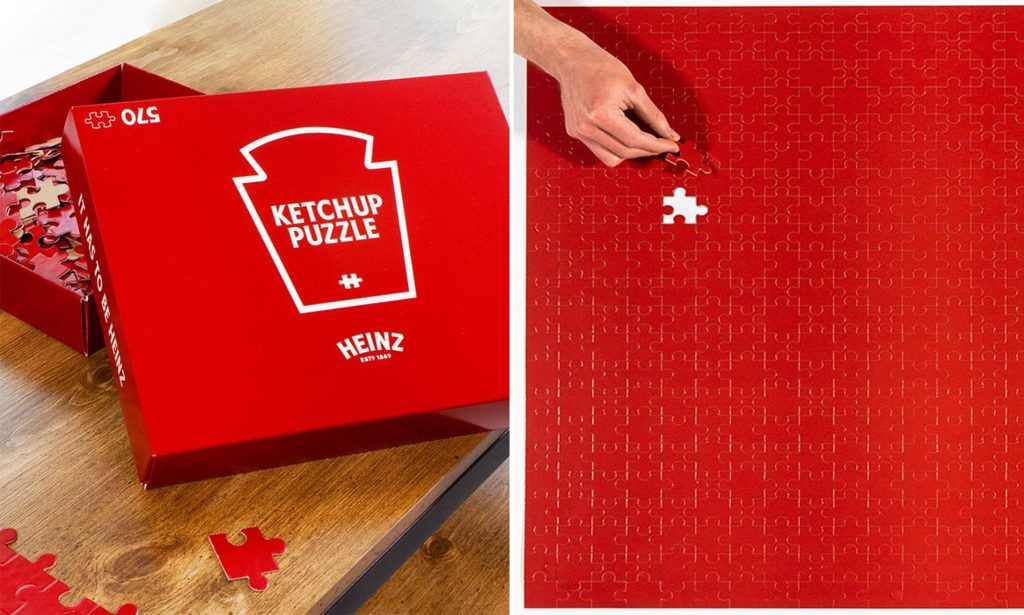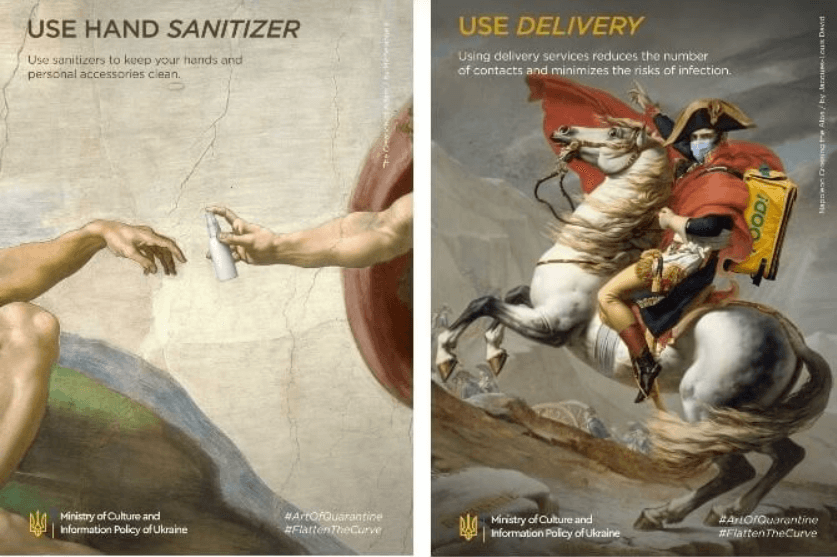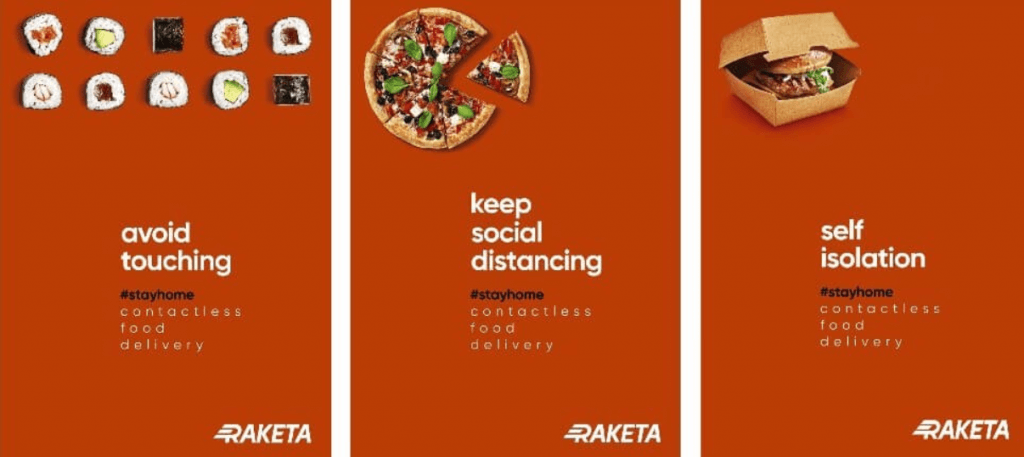Beer in advance and dancing staff: marketing strategies during a crisis

The pandemic is not the time of triumph for advertisers, companies, and brands. Marketing budgets shrink, while upset people are bent to buy less. Nothing but the blues. However, there are always those who manage to adapt and magically boost their sales—all using that sorcerous relevant marketing. Let’s review some cases.
In this text, we will tell you about some examples of anti-crisis marketing:
By the way, these techniques can work not only for advertisers but also for publishers—who can use them in designing creatives, developing content platforms, landing pages, and websites.
Advertising campaigns and ideas
Beer manufacturer BrewDog decided to take care of the customers and thus succeeded in enhancing loyalty of the existing customers and acquiring new ones, and upgrading brand awareness. Realizing disinfectants are not in great supply for everyone at any time, the company started production of the signature sanitizers that BrewDog sent to social services and healthcare institutions.
Surely, major mass media covered that gesture of charity and helped BrewDog’s brand awareness and authority skyrocket, securing new customers.
Large toilet paper manufacturer Cottonelle followed the same technique. The company encouraged people not to give way to panic and abort scooping up toilet paper packages—leaving some for other people. Also, Cottonelle devoted 1 million rolls to the foundation that helped the COVID-affected.
Nike marketers emphasized the notion that people need to stay in good shape even while locked at home. Following this logic, the company provided everyone with free access to video training sessions and healthy diet materials. On top of that, Nike accentuated health and self-care in their podcast. Measures like “give free value and get loyalty and sales” helped the company curb a sales dip—particularly, in China.
Russian airlines S7 launched the “Fly at Home” promotion. Every day, people left a mark in the special section of the company’s website—thus indicating they were staying at home. For that, people got awarded the bonus miles they can spend on actual flights from now on. Two birds killed with one stone: on the other hand, the company demonstrates how it cares about its customers and asks them to stay isolated; on the other hand, it renders material support in the form of discounted flights. Over 500,000 people participated in the campaign.
Taxi service Uber showed exceptional concern for people. The self-isolation-related slogan was “Thank you for not riding with Uber.” It may win you, huh?
Sauce manufacturer Heinz decided to bank on the concept where people have more spare time while self-isolated—and they can spend it on family activities. Heinz marketers found out that the number of search queries related to buying board games and puzzles had dramatically increased (another proof of the great power of SEO studies). The company asked the users to share with whom they would like to assemble a 570-piece puzzle and gave this away for the wittiest answers:

Food conglomerate Quaker Oats feels with people who had to disengage from their beloved breakfasts at the beloved place. The company tells on social media how to cook and serve restaurant-grade breakfast at home.
What to learn from this. Be helpful. People will appreciate it especially strongly during hard times. It’s not required that you produce something (though presents like that puzzle can work out): your contribution may lie in expert and cheering content, moral support for your customers. Charity initiatives, gifts, lifehacks, self-care-encouraging slogans are always great: especially during the pandemic.
When you provide people with free products or free access to the services that used to be paid, you can view it as a trial for future customers: your investment in tomorrow. Also, this method helps acquire more brand coverage on mass media, boost, awareness, and customer loyalty.
Rental marketplace AirBnB invited the owners, who lost their usual income during the pandemic, to send videos. The hosts shared their ideas and spirits: told how they dealt with the lockdown, remotely communicated with friends, took exercises and did art at home.
What to learn from this. Invoke user-generated content: content designed and published by real users, including your customers. This is how you can get free content for your creatives and boost loyalty of users who always feel great to be part of the brand’s advertising campaign and maybe even get something in return (e.g. discounts or gifts).
Visual creatives
Videos
Brands try to avoid mentioning “coronavirus” and “self-isolation” in their advertising campaigns. Most of them really do, but some don’t. For instance, Irish beer manufacturer Guinness craftily leveraged the depressing situation and restaurant lockdown to play on the feelings relatable to all—well, most—people: unity, empathy, and friendship.
And governments across the globe started to announce lockdowns on the eve of Saint Patrick’s Day, the Irish’s favorite holiday. This is why Guinness appealed to people to take care of their and their family’s health and stay at home. The company shot a moving video that was very consistent with Guinness’ traditional values: in that clip, they focused attention on the traditions, reciprocation, and support. The video went viral: 21% of the users who shared the video on social media admitted they did it because they had found the advertisement inspiring and relevant.
Heineken also shot a cool video to tell how people stay connected with the help of video conferences and what awkward experiences they had. A nice and valid example of situation-based marketing that also focuses on the brand. Ignites a desire to take a couple of cans for a call with the colleagues…
Canadian hotel chain Banff Springs created a series of engaging videos with the poetic name “The Art of Waiting.” In them, hotel workers dance, sing, and kill time in every way possible—waiting for the guests in desert rooms.
What to learn from this. Video content can be a powerful marketing instrument. Focus on the message you deliver through your advertising campaign. Make sure it’s something cheering and in sync with the values essential in these hard times. Remind your customers they can count on support—including help from your brand. They will know that when the COVID thing is over, they will still be able to rely on your products and services. Nostalgia for the activities forbidden or inaccessible today (like resort hotels) will be extremely relevant.
Images
Here are some cool ideas for banners and posters from the companies that rose to the challenge of the pandemic.
Novel solutions
Small local stores having no online sales processes in place and that had to shut down for the period of the pandemic, found a valid way out. They invited the visitors to buy certificates they could redeem after the lockdown ends. Even bars created coupons. The principle is very simple: buy beer now and drink later—when the bar is open again.
Some even turned it all into a game. For instance, a small bookstore in Novosibirsk launched the “Book in a Poke” promotion where people paid a fixed rate and got mailed a random book.
Businesses that used to be offline only are now coming up with new, online methods of interacting with the customers. Having lost the visitors, natural reserve Sweet Farm initiated a noteworthy campaign. For a small rate, people can invite a llama, goat, or pig—to a video conference. Meanwhile, a New York-located barbershop named Barbra switched specialty and became an educational studio. Workers conduct online lectures and master classes—teaching the customers how to cut their friends and themselves.
Food delivery services also tailor their operations to people’s needs that arise during the coronavirus period. London chain First Choice specializes in delivering food to restaurants and cafes. However, when the pandemic broke out, the company started to supply individuals. The service optimized the delivery processes—mostly using the website. First Choice has launched a handy system of alternative products: for instance, if someone looked for chicken eggs and they ran out of stock, the website suggests quail, duck, or goose eggs.
Moreover, First Choice prioritizes quality delivery and offers plenty of options: courier, contactless, and pickup. They are ready to tell how quickly an order will be packed and delivered and what a customer could do if they can’t meet a courier at the agreed time. Such simple things are great customer acquirers.
What to learn from this. To keep your business afloat, you need to sell here and now. This notion is especially true for small and medium-sized companies. Don’t fear to experiment and suggest new products and/or formats. If they work out now, you will be able to leverage them after the pandemic. Adapting, companies keep on making money, expand the footprint, and get a bit out of the marketing prosperity pie.
Please note: our selection included both large and local brands. No matter the company size and marketing budget of an advertiser or the volume of projects of a publisher, there is always an opportunity to engineer a selling advertising campaign that will perform awesomely even during the crisis. Or, to say more, especially during the crisis.
Sincerity, empathy, helpfulness, visually appealing content, user-friendliness are key.











